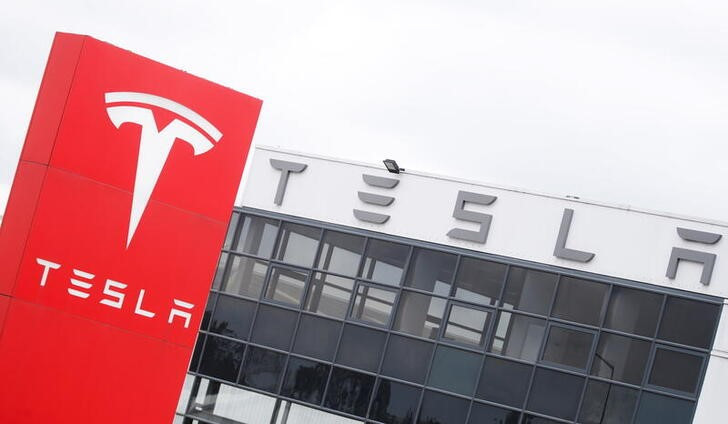Tesla is facing renewed scrutiny from regulators and the auto-safety legal community after a lawsuit filed in Washington state alleged that a 2018 Model 3 accelerated uncontrollably, failed to brake, and trapped occupants behind inoperable doors before erupting into a fatal fire. The complaint, connected to a January 2023 crash in Tacoma that killed one passenger and left the driver with severe burns, adds to a widening series of claims tied to Tesla's electronic door systems and post-collision fires.
According to the suit, filed by driver Jeffrey Dennis, the Model 3 "suddenly and rapidly accelerated out of control" for roughly five seconds before striking a utility pole. The impact allegedly caused the vehicle's lithium-ion battery to ignite, producing what the filing describes as an intense fire that burned for hours. Dennis survived but suffered extensive burns; his wife, Wendy, died at the scene.
The lawsuit asserts that rescuers were unable to open the vehicle's doors due to a low-voltage system failure that disabled Tesla's electronic exterior handles. The complaint recounts that multiple bystanders attempted to break the windows-even using a baseball bat-in efforts to reach the occupants. The malfunction, lawyers argue, underscores a design flaw that leaves Tesla owners vulnerable when electrical power is lost after a crash.
Central to the case is the allegation that the Model 3's automatic emergency braking system did not activate despite what attorneys describe as an "unavoidable collision." The lawsuit further says Tesla's interior manual release mechanism is poorly understood by many users, creating a dangerous barrier during emergencies involving fire or smoke.
The National Highway Traffic Safety Administration has been reviewing problems linked to Tesla door handles, including situations in which drivers reported being unable to exit after power loss. The agency is separately investigating potential defects in Model Y vehicles from the 2021 model year, referencing at least nine incidents in which occupants were trapped and rescuers were forced to break windows.
Tesla design chief Franz von Holzhausen has publicly stated the company is working on a redesign intended to make emergency exits "more convenient," a rare acknowledgment of a needed change to one of the company's signature hardware features.
The Dennis complaint joins a growing list of fire-related legal actions involving Tesla vehicles. Two lawsuits in California center on a 2024 Cybertruck crash in Piedmont in which the truck struck a tree, ignited, and reportedly locked three young passengers inside due to electrical failures. In Wisconsin, the children of a couple killed in a 2024 Model S fire say the vehicle's electronic door buttons failed after impact, preventing escape or rescue. A 2019 case involving the death of Model S driver Omar Awan made similar allegations about retractable handles malfunctioning during a battery fire.
Regulators have separately opened an investigation into approximately 174,000 Model Y vehicles following multiple reports of handle failures under routine use, deepening concerns about whether electronically dependent escape mechanisms meet federal crash-safety expectations.




